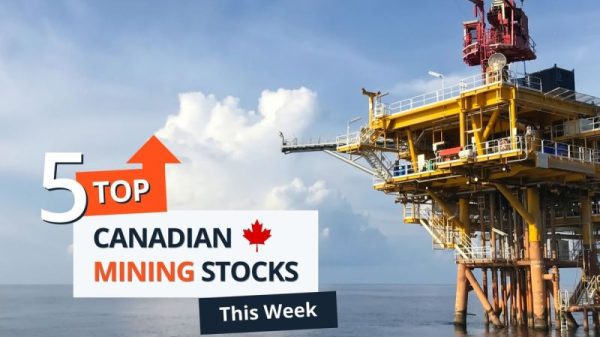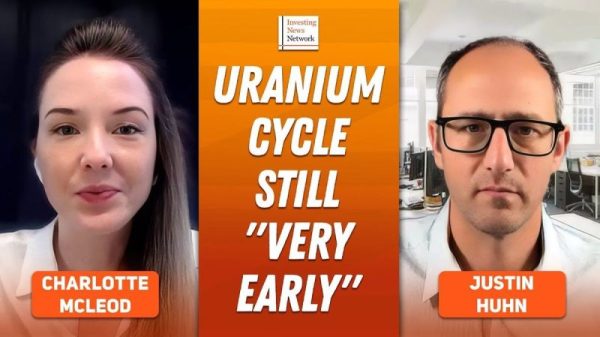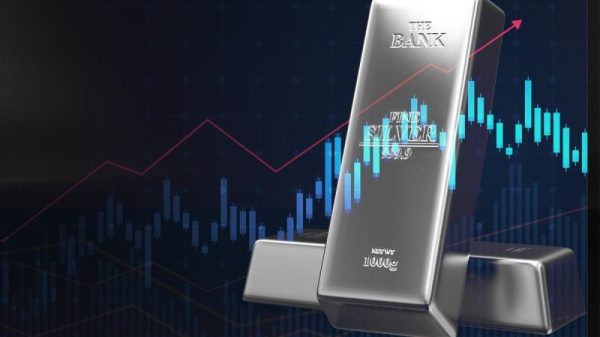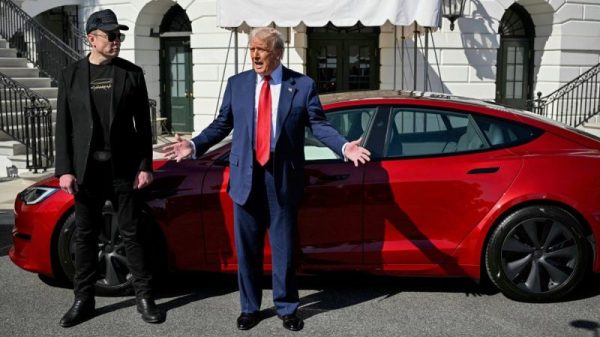Over the past couple of decades, calls to do something about economic inequality have grown louder. The narrative holds that income and wealth inequality are skyrocketing, and the government must use higher tax rates on the wealthy to bring them down. In particular, the Biden-Harris proposal to tax unrealized capital gains seems motivated in part by the desire to reduce the wealth of the wealthy.
Is US wealth inequality really growing? I’ve seen this chart from the Federal Reserve shared around.
It shows that the shares of wealth owned by the top 0.1 percent and by the top 1 percent have grown over time, while the share of wealth owned by the top 10 percent has remained fairly steady, and the share of wealth owned by the bottom 90 percent has fallen slightly since 1989.
So wealth inequality does seem to be growing. But let’s also note that wealth is growing for the bottom 50 percent too, not just the top.
I took the Fed’s wealth data and adjusted them for inflation. You can see here that all wealth groups have more than doubled their wealth in real terms since 1989. The pie is growing — a lot — and so it’s not clear we should even care that inequality is going up, so long as everyone is benefiting.
But even though economic inequality is not a bad thing in and of itself, I wouldn’t blame someone for looking at the first chart and thinking it might be a symptom of something that has gone wrong in the American political economy. So what’s behind this rise in wealth inequality, and is it real in the first place?
I dove into the literature on wealth inequality, and what I found was that this remains an emerging area of research, in part because the data have some problems. How you value illiquid forms of wealth like ownership of private businesses ends up being an important problem. And it’s an important problem because ownership of private businesses and corporations is concentrated in the top 10 percent, and that source of wealth has driven the entire trend in inequality.
These numbers aren’t adjusted for inflation, but they show just how important ownership of businesses and corporate equities is to the wealth of the top 10 percent compared to everyone else. The bottom 90 percent get their wealth mostly from real estate, pension plans, and consumer durable goods. Publicly traded corporate equities are easy to value, but how do you value private businesses that have never been sold? At best you can “guesstimate” what they are worth, and even these numbers are likely to be wrong. After all, the success of many private businesses depends crucially on the unique expertise and talent of their owners. If they were sold, they wouldn’t be as valuable, because that expertise would be gone.
The other point to notice about this source of wealth is how risky it is, compared to real estate in a primary home and pension plans. Having your wealth in a private business or even a publicly traded business is the opposite of diversification. And this is what researchers have found. This widely cited paper finds that “business income is much riskier than labor income.” Another finds that high-income households are “far more exposed to aggregate fluctuations” than low-income households. Yet another investigation finds that “[i]diosyncratic rates of return are crucial to explain social mobility, in particular by speeding up downward mobility.” In other words, rich people often don’t stay rich, because the type of capital they own often suffers negative returns.
That’s the theme of last year’s book The Missing Billionaires, which finds that “if the wealthiest families had spent a reasonable fraction of their wealth, paid taxes, invested in the stock market, and passed their wealth down to the next generation, there would be tens of thousands of billionaire heirs…today.” The middle class in America enjoys the ability to earn labor income, save some of it, and invest it in low-fee, diversified index funds that earn relatively low-risk passive returns. But billionaires often can’t do that, or haven’t. Their wealth overwhelmingly depends on their active management of a single enterprise — they put all their eggs in one basket. That’s why billionaire wealth rarely passes down for more than three generations.
Thinking about the problem of volatile returns further, we should realize that people who suffer a volatile rate of return — entrepreneurs — are going to demand a higher average rate of return to compensate for that risk. To put the point a different way, if we forced entrepreneurs to have the same average income as workers, no one would become an entrepreneur — it wouldn’t be worth the risk. If volatility goes up, so must capital incomes.
This review essay finds that the wealth-income correlation has declined over time. In other words, people with higher (lifetime) incomes are now less likely to have higher wealth than they once did. Perhaps the volatility of entrepreneurial returns has gone up, which means that entrepreneurs would enjoy higher incomes even as they are less likely to be able to build long-term wealth.
Another reason for rising wealth inequality is the aging of America. Older people are wealthier than younger people, and there are more older people now. This chart shows wealth held by different age groups over time.
These figures are not inflation-adjusted, but they show just how much wealth skews toward the old, and how the proportion of wealth held by the old has increased as the ranks of the old have grown and the ranks of the young have shrunk. One way to think about these figures is that many people who have little wealth now will eventually have a lot of wealth. If we want to talk about wealth (or income) inequality, we need to adjust wealth and income figures for the life cycle. Economist Jeremy Horpedahl has been following generational wealth trends, and he finds that millennials and Gen Z have more wealth at their age now than previous generations did at the same age.
A final cause of wealth inequality is differential access to financial information and investment opportunities. One study finds that “30-40 percent of retirement wealth inequality is accounted for by financial knowledge.” Wealthy investors are also allowed to invest in private equity, which earns higher (but more volatile) returns than the broader stock market. The Securities and Exchange Commission bans non-wealthy people from investing in private equity on the assumption that they are not financially sophisticated.
In short, wealth inequality is largely a result of general prosperity. Wealth has risen across the generations and across the economic spectrum, but it has risen most for those at the top, possibly in part because wealthier people have better financial knowledge and, because of regulations, better access to investment opportunities. The aging of Americans has also increased income and wealth inequality. Finally, wealth inequality might be overstated to begin with because the type of wealth owned by the wealthy is specialized and therefore more volatile. Let’s by all means grow the financial knowledge of all Americans and increase their opportunities to access high-return investment opportunities. But there’s little evidence the American economic system is fundamentally “rigged” against those without wealth.

































